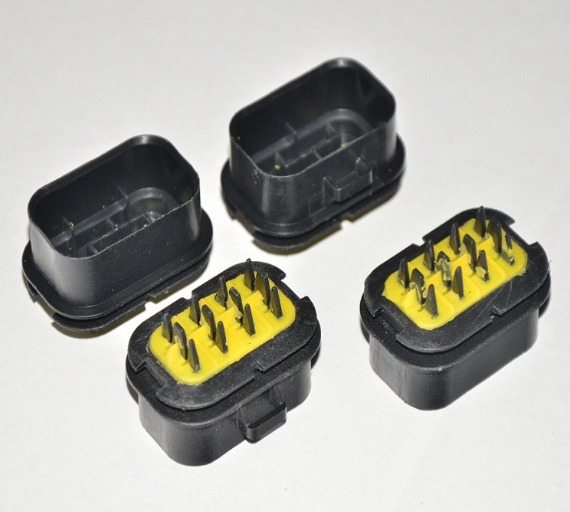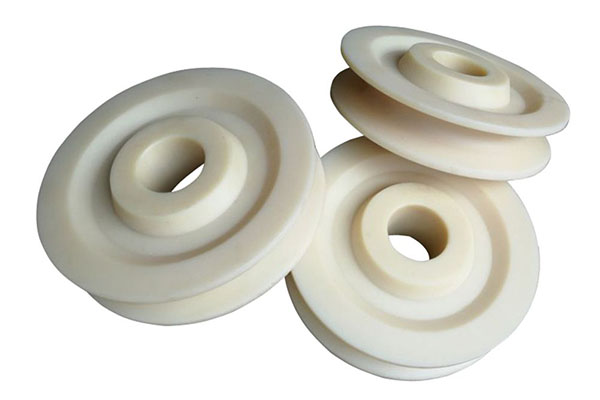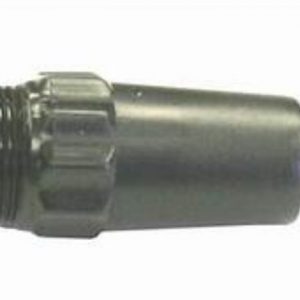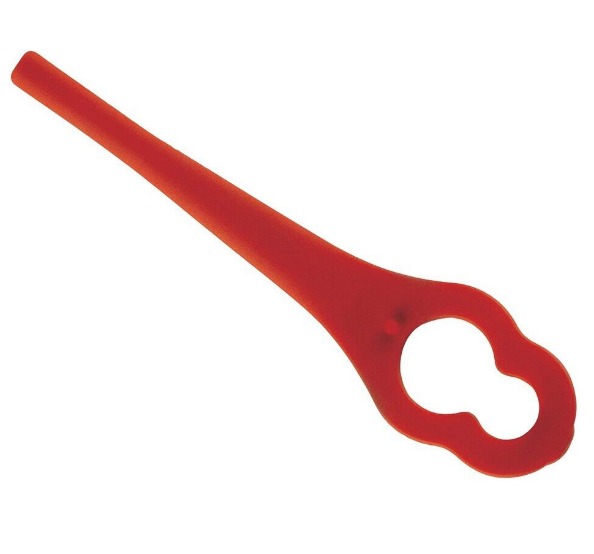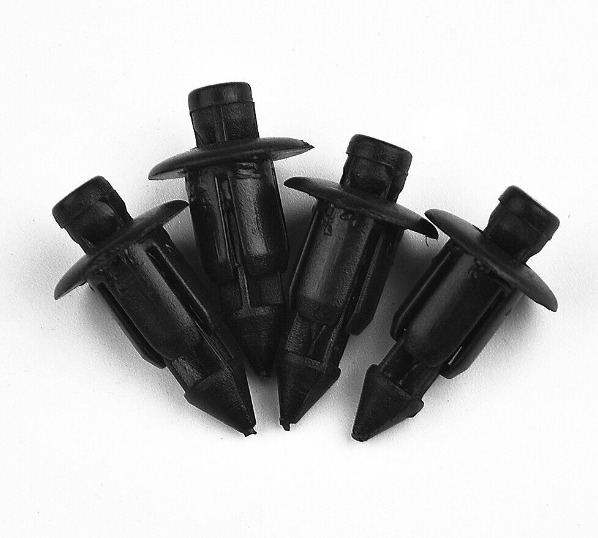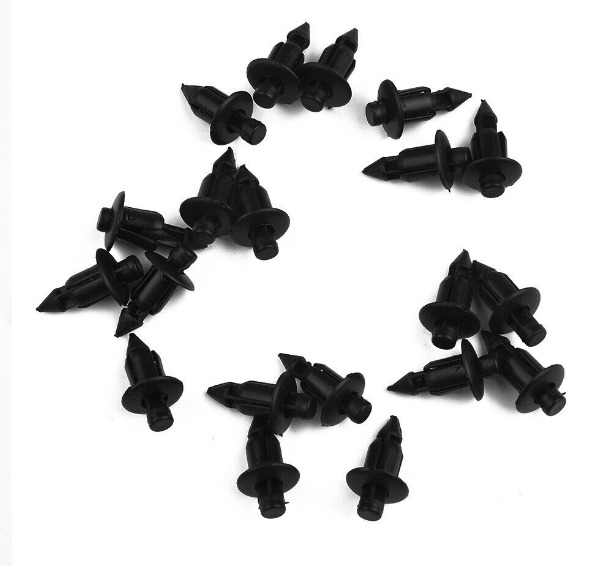What is Gas Counter Pressure Injection Molding?
Gas Counter Pressure Injection Molding is a specialized and innovative technique in the realm of plastic manufacturing, particularly crucial for the production of structural foam parts. At its core, this process involves the use of gas, typically nitrogen, to counteract the pressure exerted during the injection of molten plastic into a mold.
The Basic Process
- Mold Preparation: First, the mold is carefully prepared. It is designed to hold the shape of the desired structural foam part. The mold is usually made of high - quality steel or aluminum, which can withstand the high pressures and temperatures involved in the process.
- Plastic Injection: Molten plastic is then injected into the mold cavity. This plastic is often a thermoplastic resin, such as polyethylene (PE), polypropylene (PP), or acrylonitrile - butadiene - styrene (ABS). The injection is carried out at a high pressure to ensure that the plastic fills every corner of the mold.
- Gas Introduction: Simultaneously or shortly after the plastic injection, gas (usually nitrogen) is introduced into the mold cavity. The gas creates a counter pressure against the plastic. This counter pressure serves multiple purposes. It helps to evenly distribute the plastic within the mold, ensuring that the part has a uniform thickness. For example, in a large, complex - shaped structural foam part, the gas counter pressure can prevent thin - walled sections from being under - filled while also controlling the formation of thick areas that could lead to defects.
The Process Breakdown
Step - by - Step Process
- Raw Material Preparation:First, select the appropriate thermoplastic resin. For example, if the structural foam part requires high heat - resistance, polypropylene (PP) might be a good choice. The resin is often in pellet form. If the resin is hygroscopic, like some grades of nylon, it must be dried thoroughly. For instance, nylon 6 typically needs to be dried at around 80 - 100°C for 4 - 6 hours to reduce the moisture content to an acceptable level, usually less than 0.1%. This is crucial as moisture in the resin can cause defects such as bubbles and surface blisters during the molding process.
- Mold Setup and Sealing:The mold is carefully prepared and closed. It must be well - sealed to prevent gas leakage. Sealing is usually achieved through the use of high - quality gaskets and precise mold - making techniques. The mold is pre - heated to a specific temperature, which varies depending on the plastic material. For ABS, the mold temperature is often set between 40 - 80°C. This pre - heating helps the plastic to flow more easily and reduces the risk of warping.
- Plastic Injection:The dried plastic pellets are fed into the injection unit of the molding machine. Here, they are heated and melted. The melting temperature also depends on the plastic type. For polyethylene (PE), it generally ranges from 180 - 250°C. Once melted, the plastic is injected into the mold cavity at a high pressure. The injection pressure can be in the range of 50 - 150 MPa, depending on factors such as the complexity of the part and the viscosity of the plastic.
- Gas Introduction:Shortly after the plastic injection begins, nitrogen gas is introduced into the mold cavity. The gas pressure is carefully controlled. Initially, the gas pressure is set slightly lower than the injection pressure of the plastic, perhaps around 3 - 10 MPa. As the plastic fills the mold, the gas pressure is adjusted to maintain a stable counter - pressure.
- Cooling Phase:While the gas counter - pressure is maintained, the mold is cooled. Cooling can be achieved through water - cooled channels within the mold. The cooling rate affects the quality of the part. A too - fast cooling rate may cause the part to warp, while a too - slow cooling rate will increase the production cycle time. For most plastics, the cooling time can range from 10 - 60 seconds.
- Mold Opening and Part Ejection:Once the part is sufficiently cooled and solidified, the mold is opened, and the structural foam part is ejected. Ejection is usually accomplished using ejector pins that push the part out of the mold cavity.
Key Parameters and Their Impact
- (Injection Pressure):Higher injection pressures ensure better filling of complex - shaped molds. However, if the injection pressure is too high, it can cause the plastic to over - pack, leading to excessive material accumulation in some areas, which may result in internal stresses and dimensional inaccuracies. A study showed that when the injection pressure was increased from 80 MPa to 120 MPa in a particular structural foam part production, the part's density increased by 10%, and the risk of warping also increased.
- (Gas Pressure):The gas pressure directly affects the foaming process and the density of the structural foam. A higher gas pressure can lead to smaller and more uniform cell sizes within the foam. Research has indicated that increasing the gas pressure from 5 MPa to 8 MPa reduced the average cell size in a structural foam part by 30%, resulting in improved mechanical properties. But if the gas pressure is too high, it may cause the plastic to be pushed out of the mold or cause damage to the mold.
- (Temperature):The temperature of the plastic melt, mold, and gas all play significant roles. If the plastic melt temperature is too low, the plastic may not flow properly, leading to incomplete filling of the mold. On the other hand, if it is too high, the plastic may degrade. For example, when the melt temperature of polypropylene was increased from 200°C to 230°C, the viscosity of the plastic decreased by 20%, but there was also a 15% increase in the risk of thermal degradation. The mold temperature affects the cooling rate of the part, and the gas temperature can influence the expansion rate of the gas within the mold.
Comparison with Traditional Injection Molding
Efficiency and Productivity
- Cycle Time Reduction:One of the most notable differences between gas counter pressure injection molding and traditional injection molding lies in the cycle time. In traditional injection molding, the process often requires a relatively long cooling time to ensure that the plastic part solidifies properly. This is because the plastic cools from the outer surface towards the core, and without additional measures, thick - walled sections can take a significant amount of time to cool completely. For example, in the production of a traditional plastic automotive component with a thickness of 5 mm, the cooling time can be around 30 - 40 seconds.
However, gas counter pressure injection molding can reduce the cycle time significantly. The gas counter pressure helps to evenly distribute the heat within the part. As the gas is introduced, it exerts pressure on the plastic, which in turn helps to transfer heat more efficiently. In the same automotive component example, when produced using gas counter pressure injection molding, the cooling time can be reduced to 15 - 20 seconds, resulting in a nearly 50% reduction in cycle time. This means that more parts can be produced in a given time frame, directly increasing the productivity of the manufacturing process.
- Reduced Pressure Requirements:Traditional injection molding typically requires high injection pressures to ensure that the molten plastic fills the mold cavity completely, especially for complex - shaped parts. High injection pressures can lead to longer injection times and potential damage to the mold over time. In contrast, gas counter pressure injection molding allows for lower injection pressures. The gas counter pressure assists in pushing the plastic into all areas of the mold, reducing the burden on the injection system. A study on the production of a complex - shaped electronic housing showed that traditional injection molding required an injection pressure of 120 MPa, while gas counter pressure injection molding could achieve the same filling quality with an injection pressure of only 80 MPa. This not only reduces the energy consumption of the injection process but also extends the lifespan of the injection equipment and molds, further contributing to overall production efficiency.
Product Quality and Properties
- Density and Weight:Structural foam parts produced by gas counter pressure injection molding generally have a lower and more controlled density compared to those made by traditional injection molding. Traditional injection - molded parts are typically solid, which can result in higher material usage and weight. For instance, a traditional injection - molded plastic crate has a density of around 1.2 g/cm³. In gas counter pressure injection molding for the same - sized crate, the use of gas to create a foamed core reduces the overall density to approximately 0.8 g/cm³. This weight reduction is beneficial in various applications, such as in the automotive industry where lightweight components can improve fuel efficiency.
- Strength and Stiffness:Despite the lower density, structural foam parts from gas counter pressure injection molding often exhibit good strength and stiffness properties. The foamed core, when properly formed under gas counter pressure, provides a sandwich - like structure with a solid outer skin and a lightweight, yet supportive core. Research has shown that the flexural modulus of a gas counter pressure injection - molded structural foam part can be 30 - 40% higher than that of a traditional injection - molded part of the same material and weight. This is due to the optimized distribution of material and the reinforcement effect of the gas - assisted foaming process.
- Surface Quality:Surface quality is another area where gas counter pressure injection molding shows differences from traditional injection molding. Traditional injection - molded parts may suffer from surface defects such as sink marks, especially in areas with thick - walled sections or when the plastic flow is uneven. In gas counter pressure injection molding, the gas counter pressure helps to keep the plastic in contact with the mold walls during the cooling process, reducing the occurrence of sink marks. A comparison test on the production of a large - sized plastic panel showed that traditional injection - molded panels had a sink mark rate of about 15%, while gas counter pressure injection - molded panels had a sink mark rate of less than 5%, resulting in a much better - looking and more consistent surface finish.
Applications of Gas Counter Pressure Injection Molding in Structural Foam Parts
Automotive Industry
- Interior Components: In the automotive industry, gas counter pressure injection molding is widely used for manufacturing interior components such as dashboards, door panels, and seat backs. For example, a leading automotive manufacturer switched to gas counter pressure injection molding for its door panel production. The use of this technology reduced the weight of the door panels by 20% compared to traditional injection - molded panels. This weight reduction not only contributes to better fuel efficiency but also allows for easier handling during the assembly process.
- Under - the - Hood Parts: It is also applied to under - the - hood parts like engine covers. These parts need to have good heat - resistance and mechanical strength. Gas counter pressure injection - molded engine covers made of heat - resistant polypropylene with a structural foam design can withstand high temperatures under the hood while being lightweight. They also provide better noise insulation compared to solid plastic engine covers, reducing the noise transmitted from the engine to the passenger cabin.
Aerospace Industry
- Interior Panels: In aerospace, gas counter pressure injection molding is used to produce interior panels for aircraft cabins. These panels need to be lightweight to reduce the overall weight of the aircraft, which in turn improves fuel efficiency and range. At the same time, they must meet strict safety and fire - resistance standards. Structural foam parts produced by this method can achieve a balance between low density and high strength. For instance, an aircraft interior panel produced using gas counter pressure injection molding has a density of only 0.6 g/cm³, which is 40% lighter than traditional solid plastic panels, while still maintaining sufficient stiffness to meet the rigorous requirements of in - flight vibrations and impacts.
- Non - Structural Components: Non - structural components such as storage bins and ventilation ducts are also made using this technology. The ability to create complex shapes with uniform wall thicknesses and controlled density makes gas counter pressure injection molding ideal for these applications. For example, a ventilation duct produced through this process can have a more intricate internal structure for better air distribution, and the lightweight nature of the structural foam helps in reducing the overall weight of the aircraft's ventilation system.
Construction Industry
- Insulating Panels: In the construction industry, gas counter pressure injection molding is used to manufacture insulating panels. These panels are used in buildings to improve energy efficiency by reducing heat transfer. Structural foam insulating panels produced by this method have excellent thermal insulation properties. A study showed that buildings using gas counter pressure injection - molded structural foam insulating panels had a 15% reduction in heating and cooling energy consumption compared to buildings using traditional insulation materials. The panels are also lightweight, which makes them easier to install, reducing labor costs during construction.
- Decorative Elements: Decorative elements such as wall panels and ceiling tiles can also be made using this technology. The ability to create parts with a smooth surface finish and the option to incorporate patterns or textures during the molding process makes gas counter pressure injection molding suitable for decorative applications. For example, a decorative wall panel with an embossed pattern can be produced in one - step using this method, eliminating the need for additional post - processing steps.
Yigu Technology's Perspective
As a non - standard plastic metal products custom supplier, Yigu Technology highly values the Gas Counter Pressure Injection Molding technology for manufacturing structural foam parts.
- Lightweight and High - Strength Products: In our experience, this technology enables the production of parts with a perfect balance of low density and high strength. For example, in the production of some custom - designed automotive brackets, the use of gas counter pressure injection molding reduced the weight of the parts by 30% compared to traditional manufacturing methods, while maintaining or even improving their load - bearing capacity. This lightweight design is not only beneficial for fuel - efficient automotive applications but also for other industries where weight reduction is crucial.
- Cost - Effective Production: It allows for cost savings in multiple ways. The reduced cycle time, as mentioned before, means more parts can be produced in a shorter period, increasing productivity. Additionally, the lower injection pressures required result in less wear and tear on the molds and injection equipment, reducing maintenance and replacement costs. For instance, in the production of a series of electronic device housings, we found that the mold lifespan increased by about 20% when using this technology, leading to significant cost savings in the long run.
FAQs
What are the main advantages of Gas Counter Pressure Injection Molding for structural foam parts?
- Weight Reduction: It allows for the production of parts with a foamed core, which significantly reduces the weight. For example, in automotive applications, parts made by this method can be 20 - 30% lighter than traditional injection - molded parts, contributing to better fuel efficiency.
- Strength and Stiffness Improvement: Despite the weight reduction, the combination of a solid outer skin and a foamed core provides good strength and stiffness. The flexural modulus of such parts can be 30 - 40% higher than that of non - gas - counter - pressure - molded parts of the same material and weight.
- Cost - effectiveness: The reduced cycle time and lower injection pressures lead to cost savings. More parts can be produced in a given time, and the equipment wear is reduced, cutting down maintenance and replacement costs.
How to control the gas pressure accurately in the Gas Counter Pressure Injection Molding process?
- Use Pressure Sensors: Install high - precision pressure sensors in the mold and gas supply lines. These sensors can continuously monitor the gas pressure and send real - time data to the control system. For example, piezoresistive pressure sensors can accurately measure the pressure with an error of less than ±0.5%.
- Optimize the Control System: Employ advanced control algorithms in the injection molding machine's control system. PID (Proportional - Integral - Derivative) control is commonly used. It can adjust the gas supply valve based on the difference between the set pressure and the actual measured pressure, ensuring stable and accurate gas pressure control.
- Regular Calibration: Regularly calibrate the pressure - measuring and control equipment. This helps to maintain the accuracy of the pressure control system over time. Calibration should be carried out according to the manufacturer's instructions, usually at least once every few months depending on the usage frequency.
Are there any limitations of Gas Counter Pressure Injection Molding?
- High Equipment Cost: The equipment required, including gas supply systems, specialized molds, and precise pressure - control devices, has a relatively high initial investment. For small - and medium - sized manufacturers, this can be a significant barrier.
- Complex Process: The process is more complex compared to traditional injection molding. It requires careful control of multiple parameters such as injection pressure, gas pressure, and temperature. Incorrect parameter settings can lead to product defects.
- Limited Material Compatibility: Some high - performance engineering plastics may not be suitable for gas counter pressure injection molding due to their unique rheological properties. This limits the range of materials that can be used.
To overcome these limitations, manufacturers can consider sharing equipment costs through partnerships, invest in staff training to master the complex process, and conduct in - depth research on material - specific process parameters to expand the range of applicable materials.
